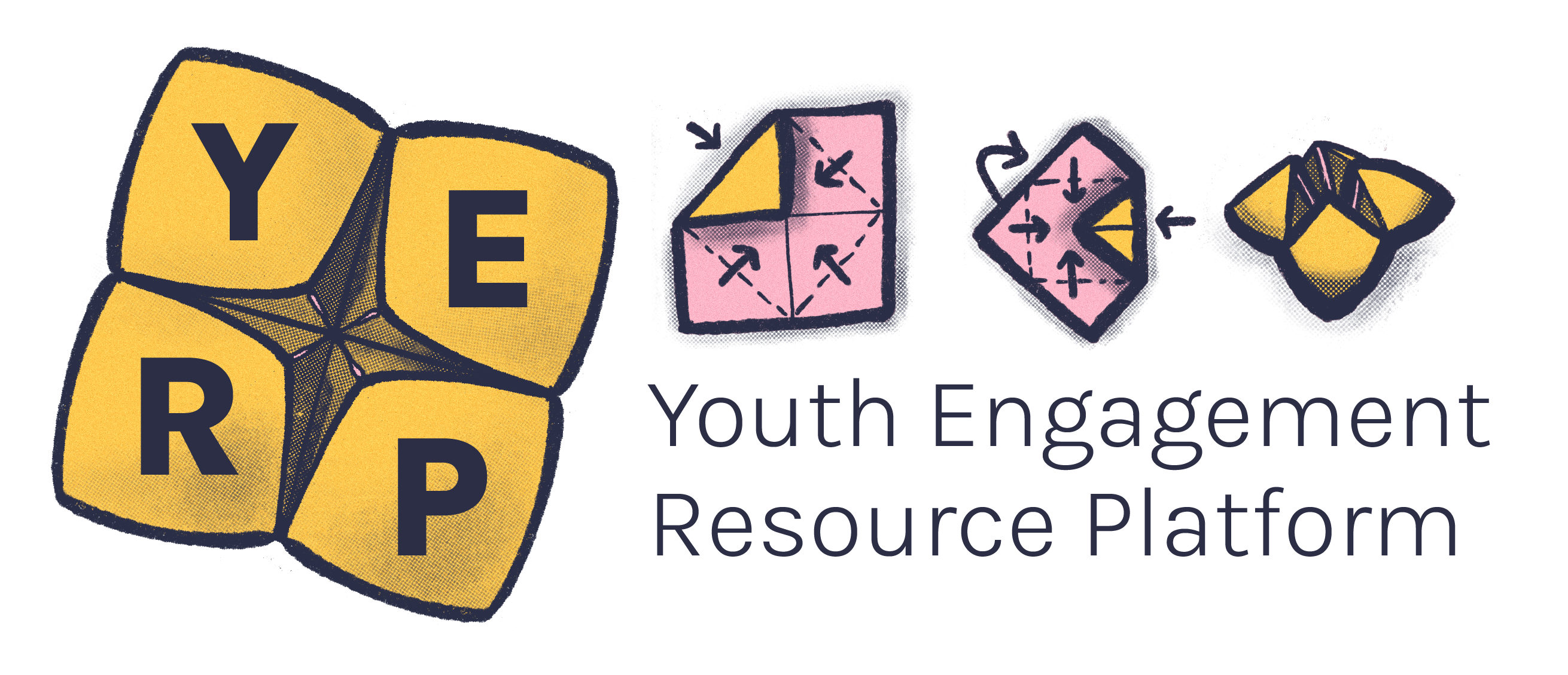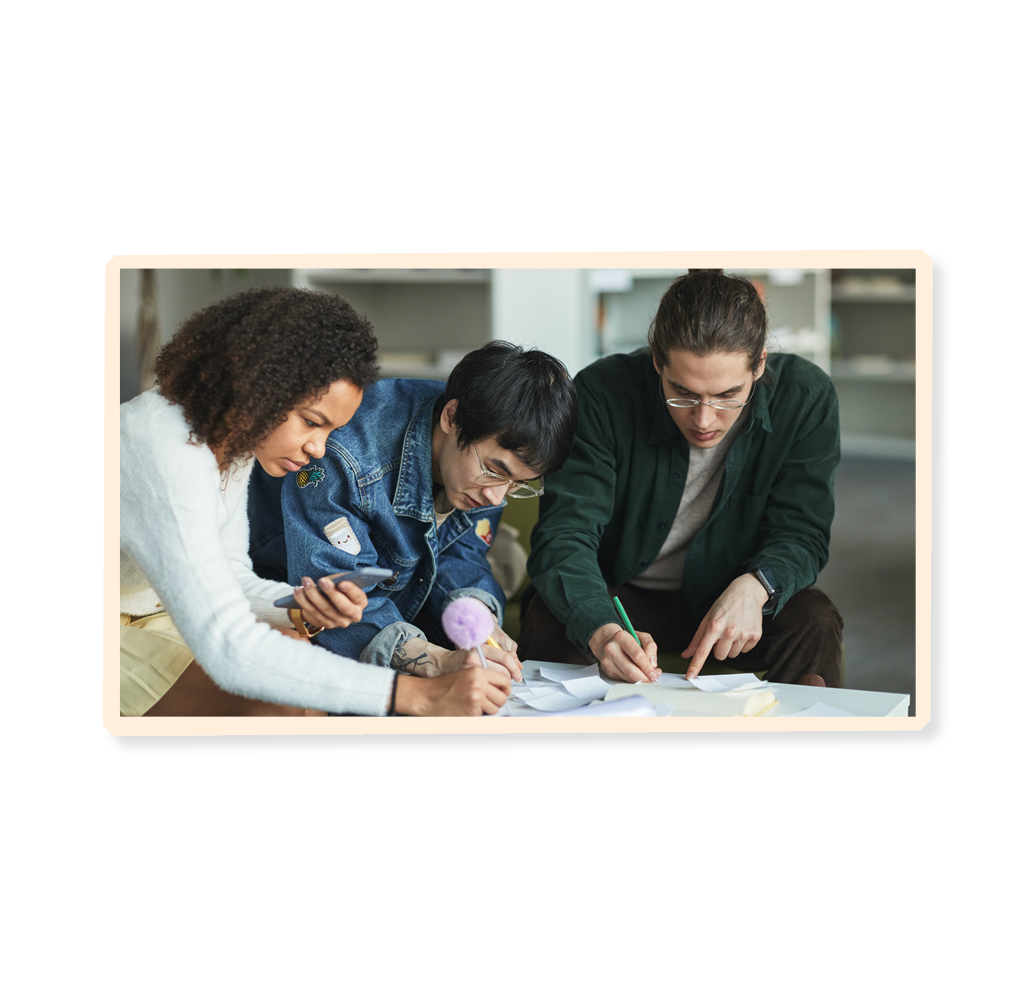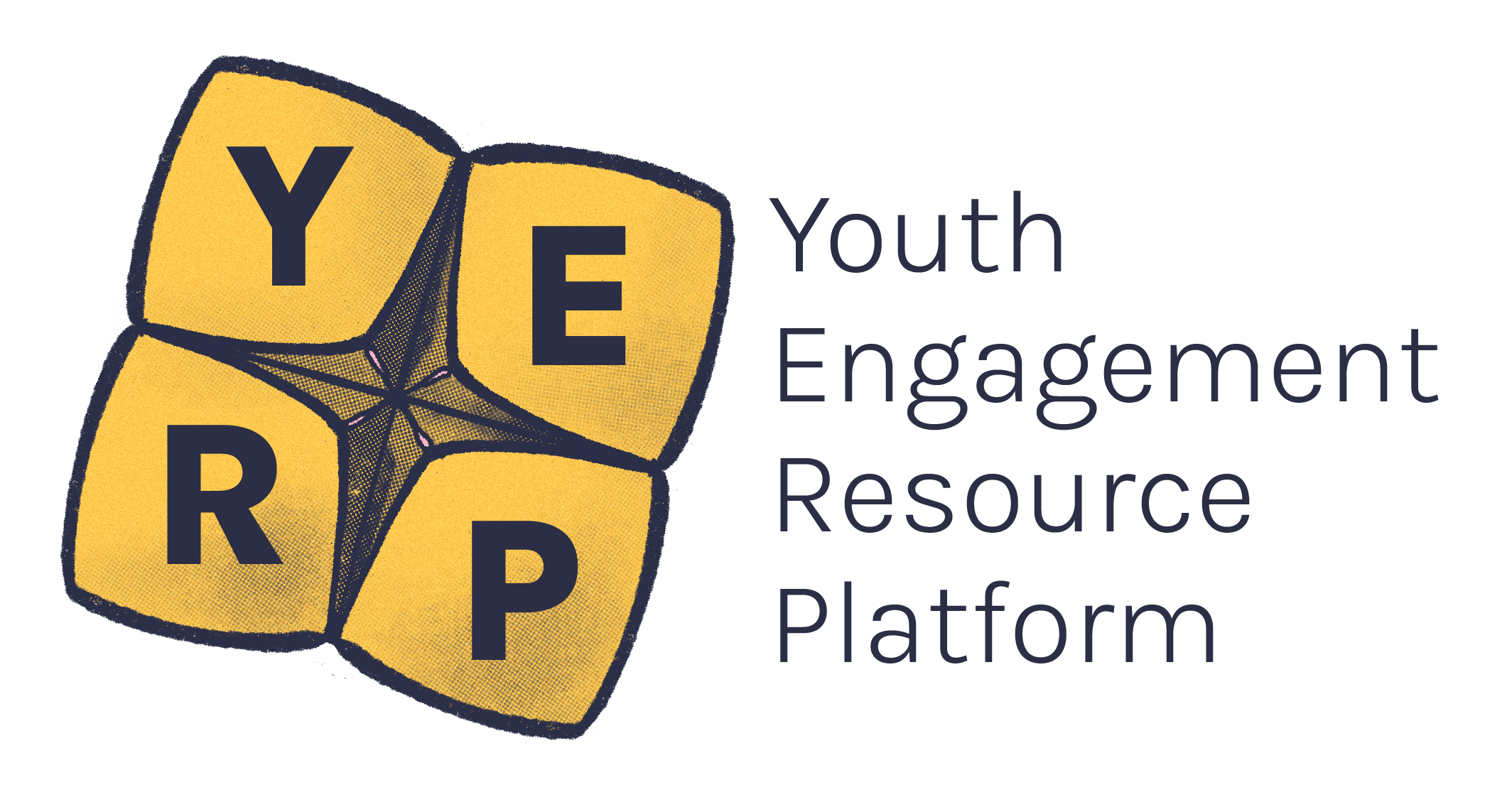There are lots of different models and frameworks for youth participation — this page covers just four of the many available.
Some people love theory, models, and frameworks. They can be helpful as a starting point and reference base throughout your work. Others feel restricted by them.
Neither is right or wrong, but it can be useful to know about these theories even if they don’t really speak to you.
Roger Hart’s ‘Ladder of children and young people’s participation’ is the most well-known model. It describes eight levels of decision-making, agency control and power that can be given to children and young people by older people.
With each ‘step’ up the ladder, there are increased levels of agency, control or power for the children and young people.1
This image was adapted from Trainers Library.
The 'Pathways to Participation' model was developed by Harry Shier (2001), building on the previous Ladder model by Hart.2
Harry Shier’s pathway model describes five levels of youth participation. At each level, there are three ‘stages of commitment’. These show how dedicated the worker is to young people’s participation and empowerment.
The Three Stages of Commitment2
The three stages of commitment in the model represent degrees of dedication to the participation and empowerment of children and young people.
‘Openings’ occur when older people and organisations become aware and responsive to empowering children and young people.
‘Opportunities’ occur when older people and organisations have the funding, time, professional development, knowledge, skills, or other capacities required to empower children and young people in authentic and meaningful ways.
‘Obligations’ occur when older people agree to and commit to genuine youth participation by codifying child and young people’s empowerment into organisational policy or practice. They hold themselves accountable and establish expectations for older people, building requirements for children and young people’s empowerment into their systems.
This image was adapted from Organizing Engagement.
Wayipunga (supporting young people) is a resource created by the Koorie Youth Council. It's an Aboriginal and Torres Strait Islander youth participation framework to provide workers, organisations, and governments with appropriate strategies to support young people’s participation in decision-making.
The framework is made up of three sections: values, knowledge, and actions.
Values
The foundation for meaningful Aboriginal and Torres Strait Islander young people’s participation:
- Aboriginal and Torres Strait Islander Cultures, Families and Communities
- Self-determination
- Young people's participation
Knowledge
The knowledge required for workers to understand Aboriginal and Torres Strait Islander young people’s experiences:
- Historical context
- Strong connections
- Social context
- Decolonisation
- Genuine and meaningful engagement
Actions
Strategies to embed values and knowledge into everyday practices:
- Celebrate Aboriginal and Torres Strait Islander culture
- Embed knowledge systems and build partnerships
- Cultural safety
- Challenge barriers
- Increase accessibility
- Continual learning
Check out Wayipunga: an Aboriginal and Torres Strait Islander youth participation framework to see the framework broken down further by Koorie Youth Council's previous Executive Officer, Indie Clarke (he/him).
Wayipunga recognises Aboriginal and Torres Strait Islander ways of doing business. Youth participation is a fundamental principle for Aboriginal and Torres Strait Islander community operations.3
Text in the top left reads: One pager. Understanding the Wayipunga resource.
Below is a diagram of three rings, with labelled milestones on each.
The inner ring has three milestones, labelled:
- Young people's participation.
- Aboriginal and Torres Strait Islander cultures, families and communities.
- Self determination.
The middle ring has five milestones, labelled:
- Decolonisation - challenging accepted norms
- Historical context
- Strong connections
- Social context
- Genuine and meaningful engagement.
The outer ring has six milestones, labelled:
- Celebrate Aboriginal and Torres Strait Islander culture.
- Continual learning
- Embed knowledge systems and build partnerships
- Cultural safety
- Challenge barriers
- Increase accessibility.
In the bottom left and right are the Wayipunga and Koorie Youth Council logos, respectively.
Source: Koorie Youth Council.
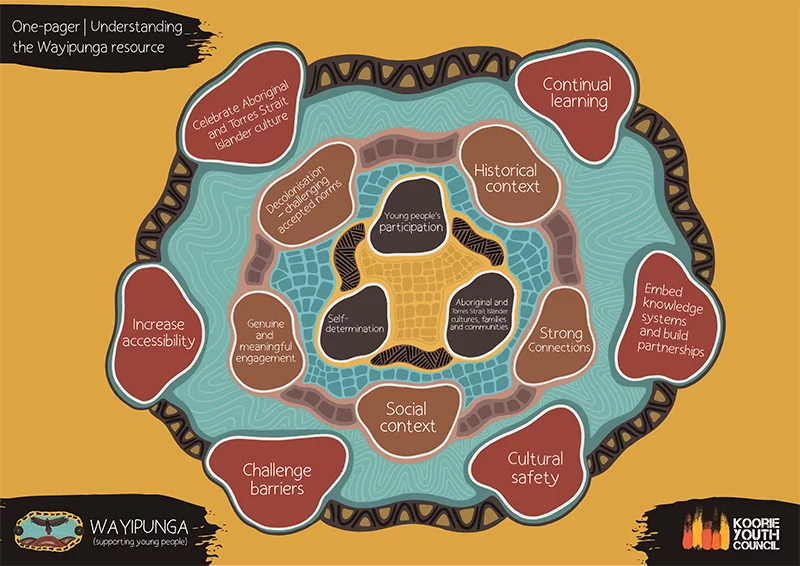
The IAP2 Spectrum from ©International Association for Public Participation www.iap2.org, shows that different levels of participation are needed depending on the goals, time frames, resources and levels of concern in the decision to be made.
Most importantly, the Spectrum sets out the promise being made at each participation level. It is widely used and quoted in community engagement manuals.4
Download the full resource here.
View an accessible version of the resource here.
© Federation of International Association for Public Participation 2024. All rights reserved. This work was created with contributions from Lewis Michaelson, Martha Rozelle, and Doug Sarno. www.iap2.org.
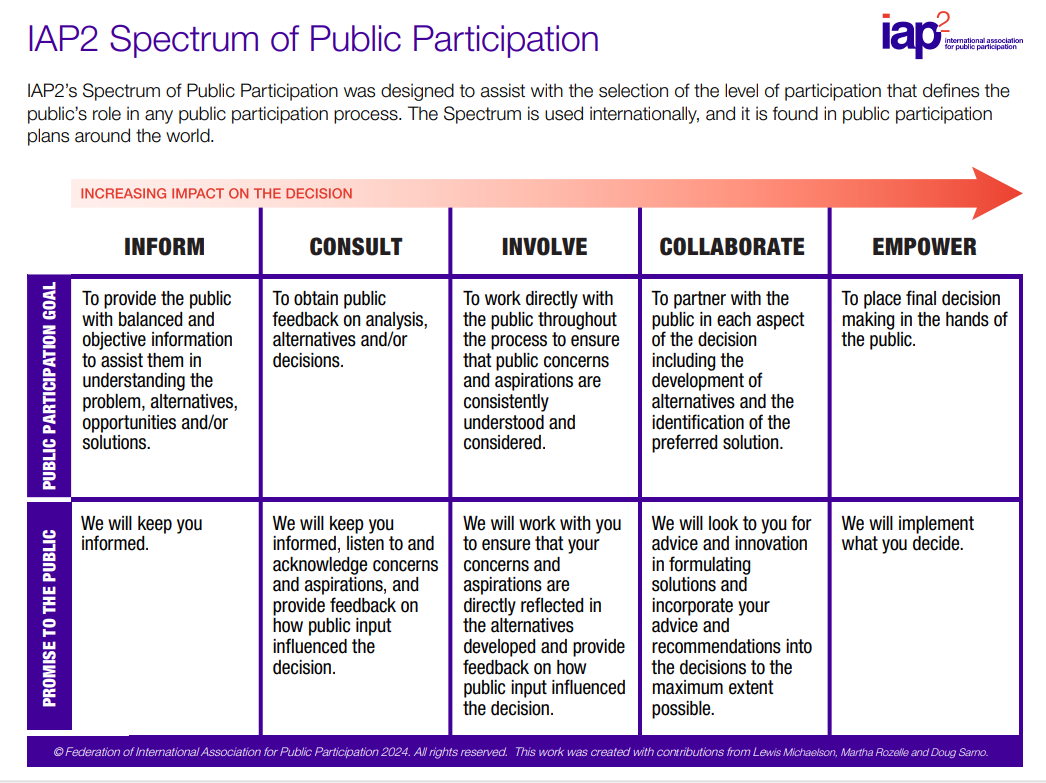
- Hart, R A. (1992). Children's Participation: From tokenism to citizenship. UNICEF International Child Development Centre.
- Organising Engagement. (2023). Pathways to Participation. https://organizingengagement.org/models/pathways-to-participation/
- Koorie Youth Council. (n.d). Wayipunga (supporting young people). https://www.koorieyouthcouncil.org.au/wayipunga/
- IAP2. (n.d). IAP2 Public Participation Spectrum. https://iap2.org.au/resources/spectrum/
